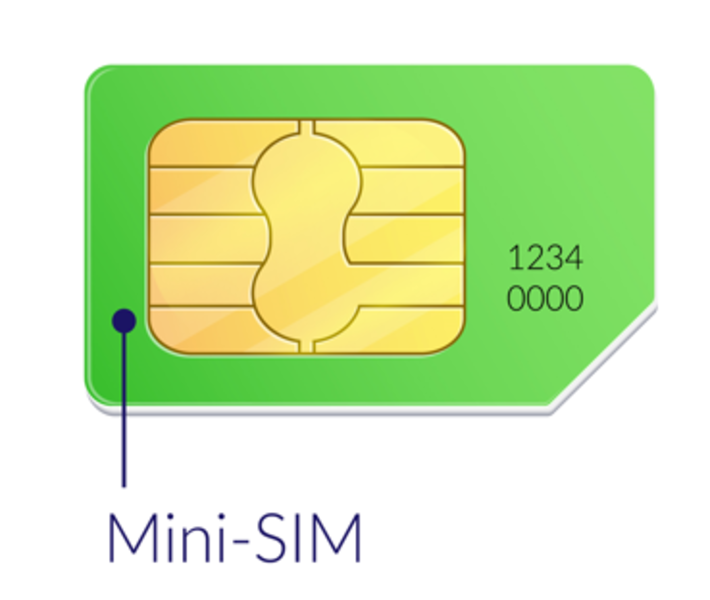When the telecoms industry went mobile, there was a huge leap between the first generation of cards and the mini-SIM, or 2FF (Second Form Factor) SIM card. As mobile phones shrank in size and increased in functionality, and when smartphones started replacing desktop computers, the SIM size needed a matching makeover. The first generation of the mini-SIM was introduced in the late 1990s, bringing about the centralisation of telecoms services and telephony to a minuscule subscriber identity module card. This article charts the journey of the mini-SIM, its features and the impact it had on the development of mobile communications.
The emergence of Mini-SIM cards
In doing so, it was a reaction to the desire for smaller mobile devices. Slimming down phones in order to maximise their function and minimise their footprint and weight was a key manufacturing objective and user expectation, and the Mini-SIM soon appeared to address this desire to fit the SIM into a smaller space.
Design and dimensions
At 25mm 15mm, the Mini-SIM is just half the size of the 1FF SIM card, which had been the size of a credit card. This reduced size still allowed the Mini-SIM to maintain the same contact array as its predecessor, supporting backwards compatibility with the existing mobile infrastructure.
Storage and functionality
The Mini-SIM retained the core functionality of the 1FF SIM, providing storage for user identity data encoded as IMSI and authentication keys, as well as space for contacts and SMS, continuing to serve as a portable database for user data.
The impact of Mini-SIM cards
Enabling compact device design
It also contributed to the development of smaller, more ergonomically shaped mobile phones; because the Mini-SIM was significantly smaller than a normal one, it became possible, as handset manufacturers such as Nokia discussed, to use the space previously occupied by the SIM card to house other important components such as larger batteries and better hardware. Fast-forward to the smartphone era and the ability to communicate, shoot pictures (or in coming years, video, or tele-operated robotic surgery), conduct banking, order food, or check train times is now a few inches away, accessible from the palm of your hand.
Standardisation and global adoption
The Mini-SIM design became the worldwide form-factor for SIM cards, used by nearly all mobile network operators and original equipment manufacturers. As a result, the Mini-SIM became a common feature on mobile phones everywhere. It helped make mobile phones and mobile services global.
Challenges
Although a great improvement on its predecessor, the Mini-SIM, the growing demand for more integrated and space-saving technology in the mobile industry didn’t stop there. The need to cater for ever-smaller components to accommodate these advancing technologies has seen the continuing development of the SIM card.
In summary
- Characteristics:
- Fit the smaller, more compact mobile phones of the late 1990s and early 2000s
- Maintained essential functionalities like user authentication and data storage
- Usage and features:
- Became the standard form factor for most mobile phones
- Continued to provide secure network access and storage for user data
- Pros:
- Smaller, more practical for increasingly compact devices
- Cons:
- Still relatively large as devices continued to miniaturise
Comment on this article via X: @IoTNow_











